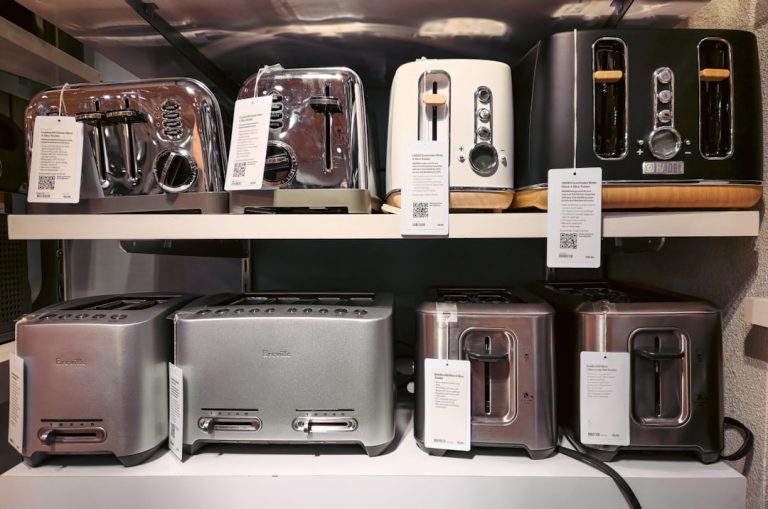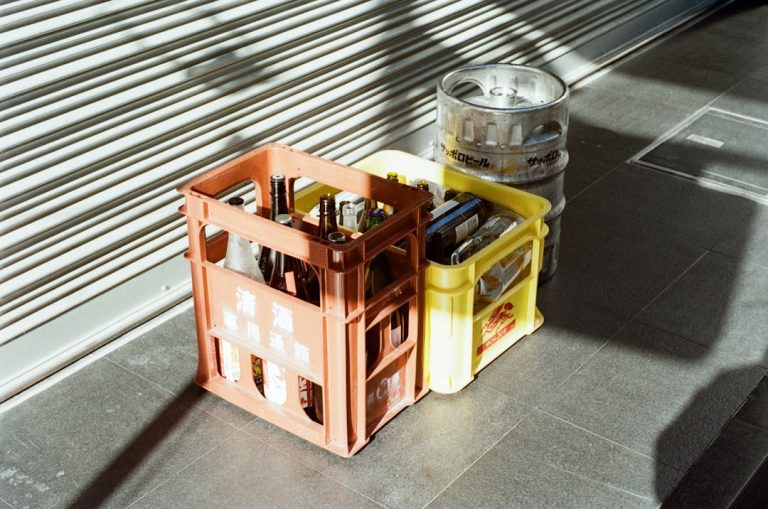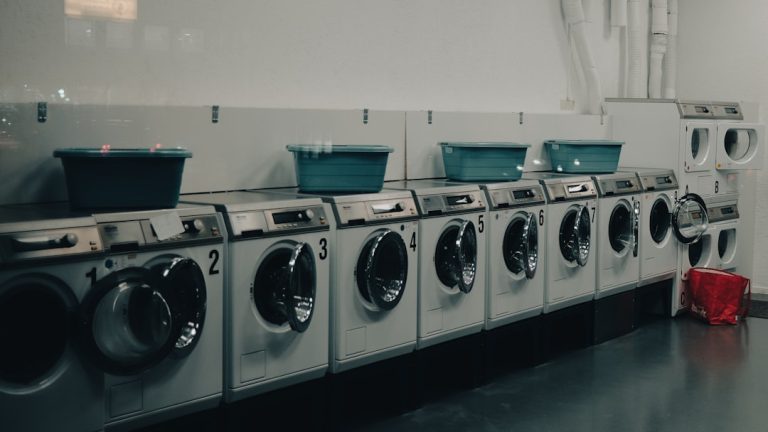My Guide to Sustainable Office Supplies for a Greener Workspace.
My Guide to Sustainable Office Supplies for a Greener Workspace
In a world increasingly aware of its environmental footprint, the choices we make, even in the smallest corners of our lives, hold significant weight. For many of us, a substantial portion of our day is spent at a desk, surrounded by office supplies. Have you ever paused to consider the journey of that pen, the lifecycle of that ream of paper, or the impact of that plastic binder? My personal journey towards a more mindful existence led me to scrutinize my workspace, transforming it into a beacon of sustainability. This isn’t just about feeling good; it’s about making tangible changes that contribute to a healthier planet and often, a more inspiring work environment. Join me as I share my practical guide to choosing sustainable office supplies, helping you cultivate a truly greener workspace.
Charting Your Course to a Greener Office Desk
Embarking on the path to a greener office doesn’t require an overnight overhaul. It’s a journey of thoughtful decisions, one supply at a time. My approach began with a simple audit of what I already had, what I truly needed, and where I could make impactful changes. Think of your office desk as a microcosm of your environmental values. Every item on it, from your stapler to your sticky notes, has an origin story and a potential end-of-life impact. The goal here isn’t perfection, but progress – making conscious swaps that reduce waste, conserve resources, and support ethical production.
Understanding the “Why” Behind the Green Switch
Before diving into specific products, it’s crucial to understand the driving force behind this shift. Why bother with sustainable office supplies? For me, it boils down to several key factors:
- Reducing Waste: Traditional office supplies often come with excessive packaging and are designed for single-use or short lifespans, contributing significantly to landfills.
- Conserving Resources: Manufacturing processes for virgin materials consume vast amounts of energy, water, and raw materials. Opting for recycled or renewable alternatives lessens this burden.
- Minimizing Chemical Exposure: Many conventional products contain harsh chemicals, dyes, and plastics that can off-gas into your workspace and pose environmental risks during disposal.
- Supporting Ethical Production: Choosing sustainable brands often means supporting companies committed to fair labor practices and environmentally responsible manufacturing.
- Setting an Example: Your green choices can inspire colleagues, friends, and family to consider their own environmental impact, creating a positive ripple effect.
Beyond these personal motivations, there are broader implications. A greener workspace often leads to a healthier, more pleasant environment, which can even boost productivity and morale. If you’re looking for more reasons to make the switch, consider understanding the many benefits of a green office environment.
Unpacking the “Sustainable” Label: My Criteria for Smart Choices
The term “sustainable” can sometimes feel like a buzzword, plastered on everything from coffee cups to cars. When it comes to office supplies, it’s vital to look beyond superficial claims and understand what truly makes a product sustainable. My personal criteria have evolved over time, focusing on practical indicators that genuinely reduce environmental harm. It’s about becoming a savvy shopper, asking the right questions, and understanding certifications.
Key Indicators I Look for in Eco-Friendly Products
When I’m browsing for new supplies, these are the characteristics that catch my eye and inform my purchasing decisions:

- Recycled Content: This is often the first and easiest indicator. Look for products made from a high percentage of post-consumer recycled (PCR) materials. For paper, aim for 100% PCR. For plastics, look for items made from recycled bottles or industrial waste.
- Renewable Resources: Products made from rapidly renewable resources like bamboo, cork, or sugarcane (bagasse) are excellent alternatives to plastic or virgin wood.
- Biodegradability & Compostability: For items with a limited lifespan, choosing options that can break down naturally without leaving harmful residues is crucial. Be mindful of industrial vs. home compostability.
- Durability & Longevity: A truly sustainable item is one you don’t have to replace often. Investing in high-quality, durable supplies reduces consumption and waste in the long run. Think refillable pens, sturdy metal staplers, and reusable storage.
- Non-Toxic & Low-VOC: Many conventional glues, markers, and inks contain volatile organic compounds (VOCs) or other harmful chemicals. Opt for non-toxic, water-based, or solvent-free alternatives to improve your indoor air quality.
- Minimal & Recyclable Packaging: What’s the point of a sustainable product if it comes wrapped in layers of non-recyclable plastic? I prioritize brands that use recycled, recyclable, or compostable packaging, or even better, no packaging at all.
- Certifications: Keep an eye out for reputable third-party certifications. For paper, the Forest Stewardship Council (FSC) label ensures responsible forest management. For general eco-friendliness, certifications like Green Seal, EU Ecolabel, or being a B Corp certified company can indicate a broader commitment to sustainability.
My Top Picks for Eco-Friendly Essentials: From Paper to Pens
Now that we’ve established the criteria, let’s get down to the practical application. Over time, I’ve found specific categories where sustainable swaps make a huge difference. These are the items I focus on first when guiding others toward a greener workspace, offering both impact and ease of adoption.
Paper & Notebooks: The Foundation of a Greener Desk
- 100% Post-Consumer Recycled Paper: This is a non-negotiable for printing and note-taking. Brands like Boise ASPEN or Staples Sustainable Earth offer excellent options. The texture might be slightly different, but the environmental benefit is immense.
- Sugarcane (Bagasse) or Bamboo Paper: For notebooks and specialty paper, these alternatives are fantastic. They are rapidly renewable and often have a unique, pleasant feel.
- Reusable Notebooks: Brands like Rocketbook offer erasable notebooks that sync to the cloud, drastically reducing paper waste. Pair them with erasable pens for a truly paper-light experience.
Writing Instruments: Beyond the Disposable Bic
- Refillable Pens: Invest in a good quality pen (metal or bamboo casing) that takes refills. This dramatically cuts down on plastic waste from disposable pens.
- Pens Made from Recycled Materials: Many brands now offer pens made from recycled plastic bottles or even recycled cardboard.
- Pencils: Good old wooden pencils are inherently more sustainable than plastic pens, especially those made from sustainably harvested wood.
- Non-Toxic Markers & Highlighters: Look for water-based, low-odor options that are free from xylene and toluene. Some brands even offer refillable highlighters.
Storage & Organization: Durability Over Disposability
- Recycled Content Binders & Folders: Seek out binders made from recycled cardboard or plastic. Kraft paper folders are also a great, easily recyclable choice.
- Bamboo or Metal Organizers: Instead of plastic desk organizers, opt for durable, aesthetically pleasing bamboo, wood, or metal trays and holders. They last longer and look better.
- Reusable Storage Boxes: For archiving, choose sturdy, acid-free cardboard boxes over plastic tubs.
Adhesives & Fasteners: Sticky Solutions with a Conscience
- Recycled Content Sticky Notes: Brands like Post-it now offer sticky notes made from 100% recycled paper, often with plant-based adhesives.
- Paper Tape: For packaging or general use, paper tape with a natural rubber adhesive is a fantastic alternative to plastic cello tape.






